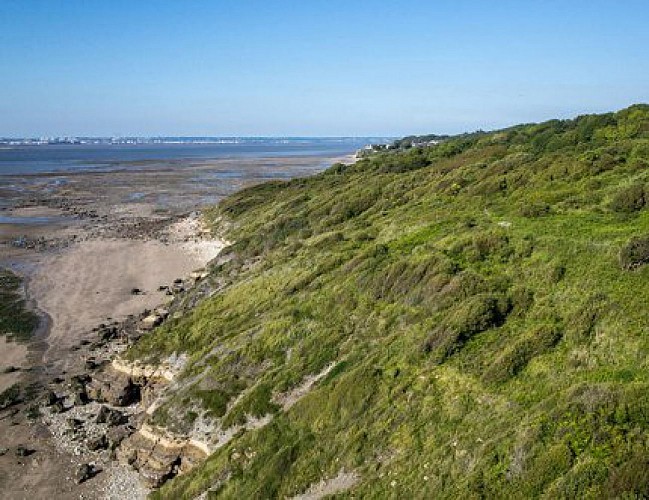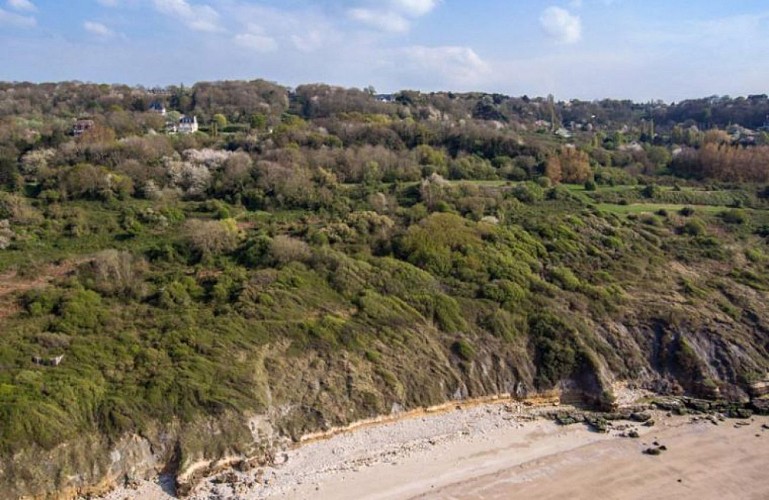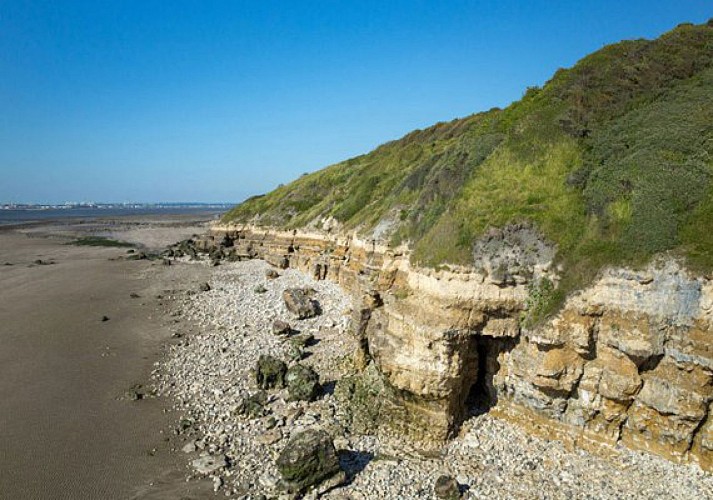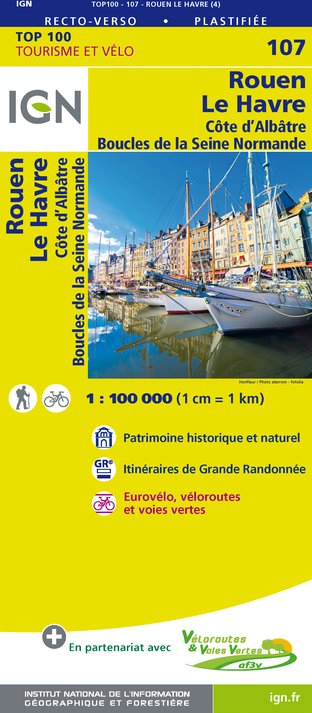Alert
Alerts
Black Rock Cliffs - Sensitive Natural Area of Calvados




Description
From Trouville-sur-mer to Villerville, 4 km of clay cliffs line the coast, alternating gentle slopes and vertical walls, culminating at an altitude of 60 meters. Called "the Black Rocks", these geological formations owe their name to the large dark blocks scattered on the beach which come from limestone layers of the cliff and which have been covered by algae. This 135 hectare area is partly classified as a "Sensitive Natural Area" by the Calvados department. It is also a paleontological site where one can find fossils dating back to millions of years ago.
Sensitive natural area, the coast of Villerville has long been marked by landslides from cliffs which spread blocks of rocks on the beach, thus forming the whole identity of this unique natural place. Its name comes from the Celtic name "grava" which means stone.
Subject to numerous landslides, the area of the 'Roches Noires' (Black Rock) cliffs, from Trouville-sur-Mer to Villerville, forms a constantly changing landscape. The cliffs by the sea are in perpetual motion. This instability is due to attacks from the sea and movement of loose ground phenomena which correspond to the sliding of the clayey layers of the subsoil after rainy episodes. As a result of these land movements, pioneer vegetation is often found on the scree of the cliffs.
A multitude of natural environments follow one another from the sea to the top of the cliffs: beach, reefs, more or less steep cliffs, scree, thickets, dry lawns and wooded areas. 394 plants have been identified on this site, or nearly a third of the flora of the Calvados department. There are also rare species such as the Fuchs Orchid, an orchid of dry lawns or the sea cabbage, a nationally protected species, settling at the top of the beach. Rocky plateaus are also home to many species of birds (Oystercatchers, Curlews, Sandpipers, Gravelots, etc.) making this site a privileged migration and wintering spot.
Technical Information
Altimetric profile
IGN cards







Data author
